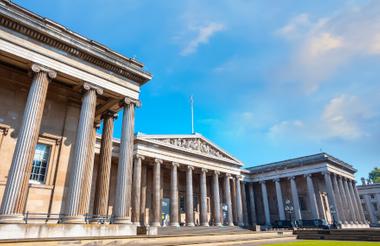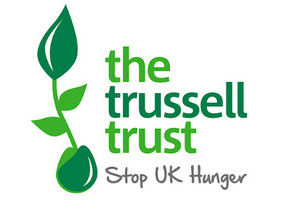The British Museum's income fell last year, despite it largely reopening to visitors, as donations and legacies fell by 65%, according to recently filed documents.
According to the exempt charity's latest accounts, it received £13m in donations and legacies in the year ending 31 March 2022, compared to £39m a year earlier.
The British Museum’s overall income fell by 11% year-on-year from £123.7m to £109m, while its fundraising income fell by around 57% from £40.4m to £17.2m.
However, the museum’s fundraising income for 2020-21 was an anomaly, with a median of £23.3m in fundraising income for the three years before the Covid-19 pandemic.
'Donations in 2020-21 were particularly high'
A spokesperson from the British Museum told Civil Society News: “The Museum is grateful to its many donors, whose support plays a vital role in enabling the Museum to maximise its public benefit.
“Donations in 2020-21 were particularly high as a result of a small number of significant donations. Single gifts can be millions of pounds, and are often one-off, so year-on-year variances are expected. Two large gifts accounted for the higher level in the previous year.”
The report states that the value of donations for capital expenditure and collection acquisitions “can vary significantly from year to year.”
Six legacies were bequeathed to the British Museum group this financial year, compared to only three the year prior. However, the “amount and timing of these payments are uncertain” with some gifts not being formally accepted yet.
The report reads: “The British Museum trustees have agreed a strategy which aims to increase the net contribution from fundraising sustainably over the long-term. No agents are used for fundraising.”
Admissions income recovers gradually from the pandemic
In the 2020-21 financial year, the British Museum saw its income drop substantially due to a 97% fall in visitor numbers due to lockdown closures.
Visitor numbers have “recovered gradually” according to the report, with an admissions income of £2.8m compared to £0.3m the year prior.
However, admissions income and trading income remain below pre-pandemic levels.
The report reads: “Together with government support, the Museum has adequate remaining reserves, sufficient cash and readily realisable investments, and a history of success in generating income which is expected to continue and recover once visitor numbers return to previous levels.
“The trustees are satisfied that the Museum will continue to operate for the foreseeable future, being a minimum of twelve months from when these accounts were approved, and accordingly have applied the going concern basis for preparing its accounts. The trustees continue to monitor the situation closely.”
‘The Museum continues to have unavoidably high fixed costs’
Grant-in-aid donations to the museum increased by over £1m this financial year, from £65.4m to £66.6m.
The report reads: “Additional funding was received from DCMS within the year, and the trustees are very grateful for the support. In addition, the BM Group was able to make savings in discretionary spend and reduce costs associated with commercial trading activity.
“However, the Museum continues to have unavoidably high fixed costs due to its obligation to care for and secure the collection. While direct trading costs within the trading subsidiaries could be reduced, many of the obligations such as overheads, pension deficits and estate costs have remained or even increased. The BM has substantial restricted reserves however these cannot be used for general spend or to mitigate the impacts of the pandemic.”
Related articles











